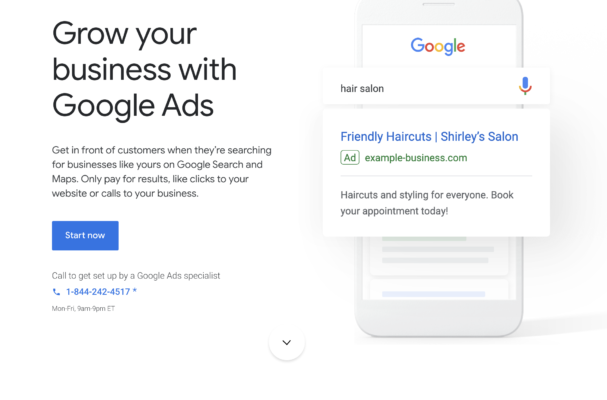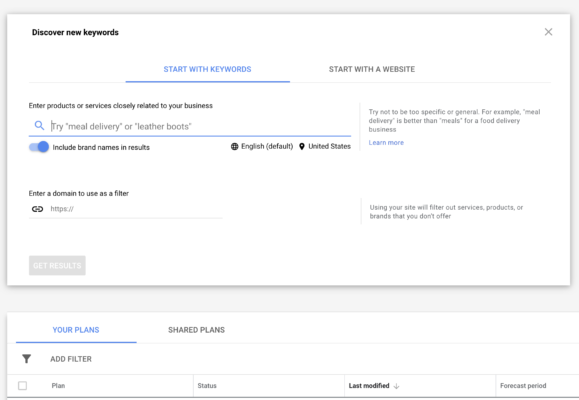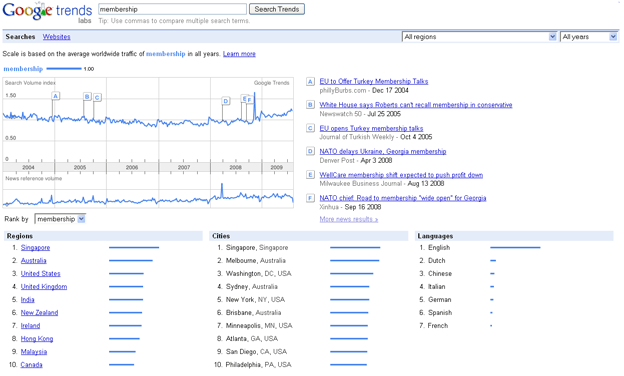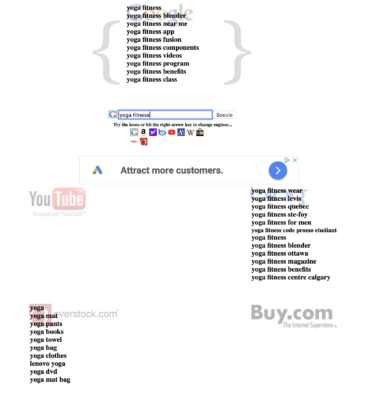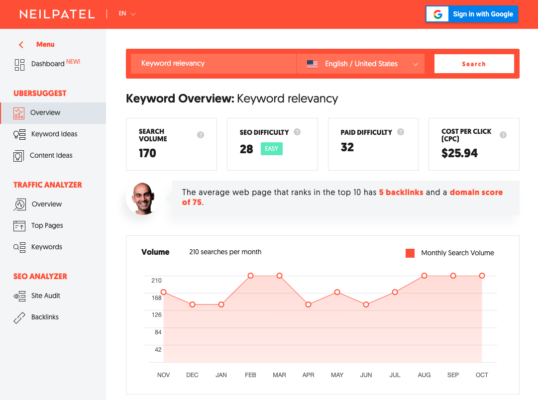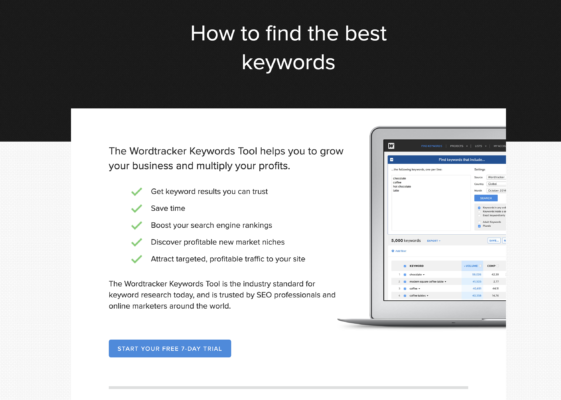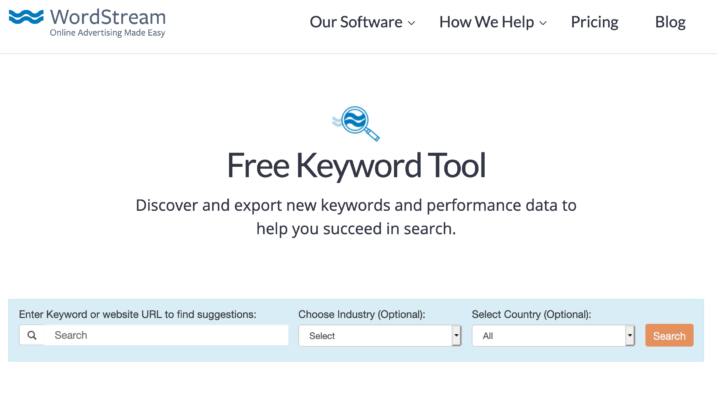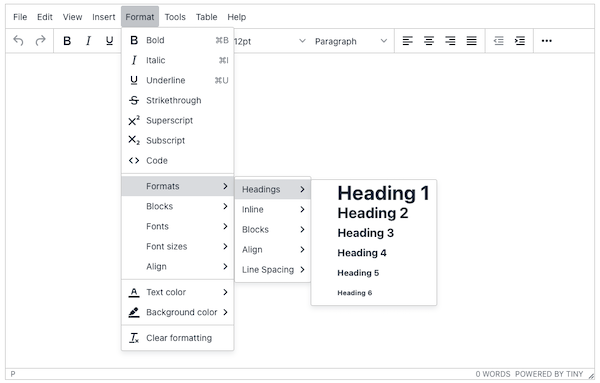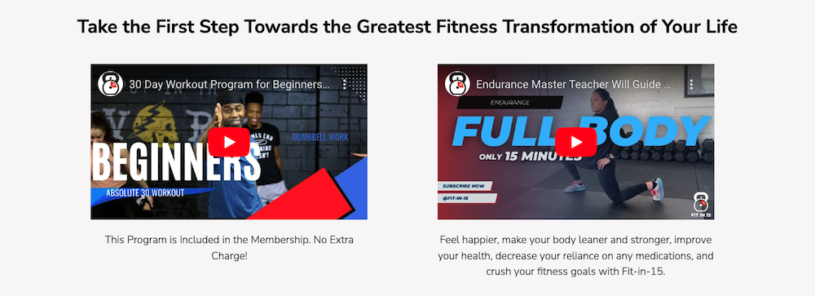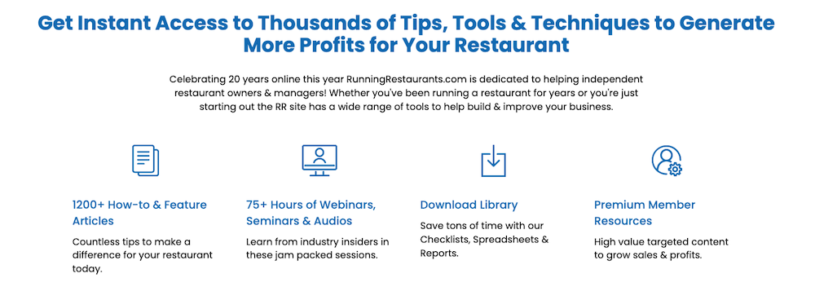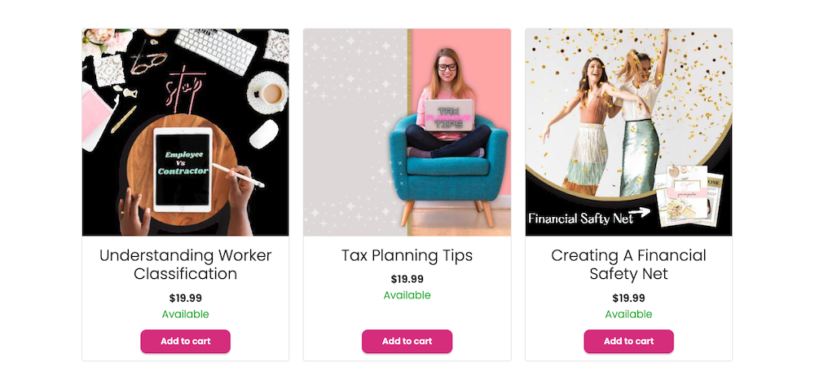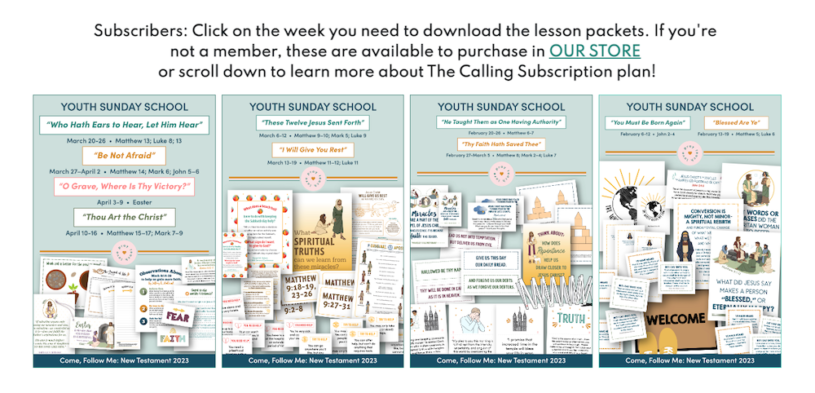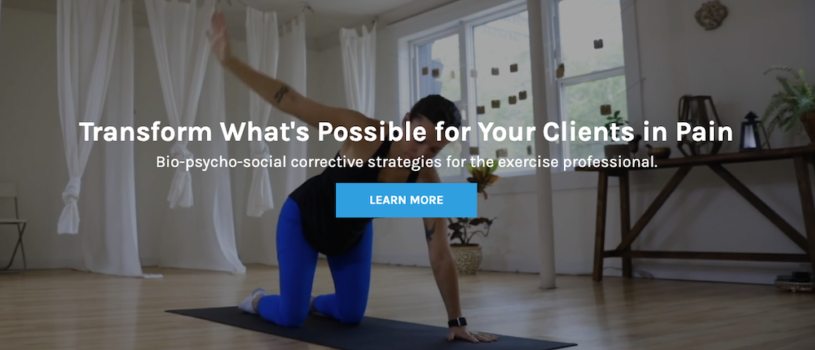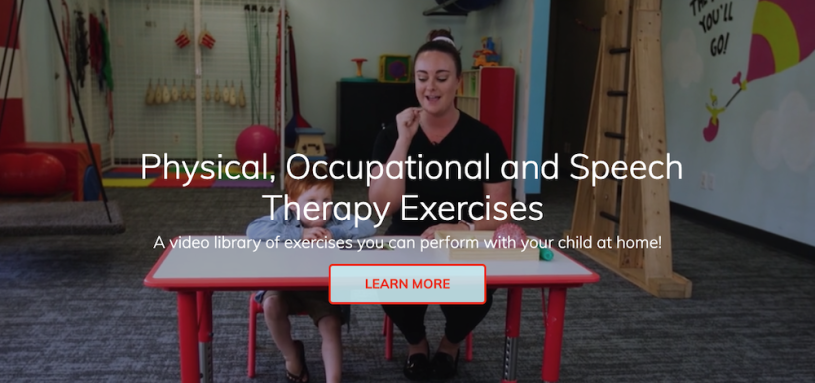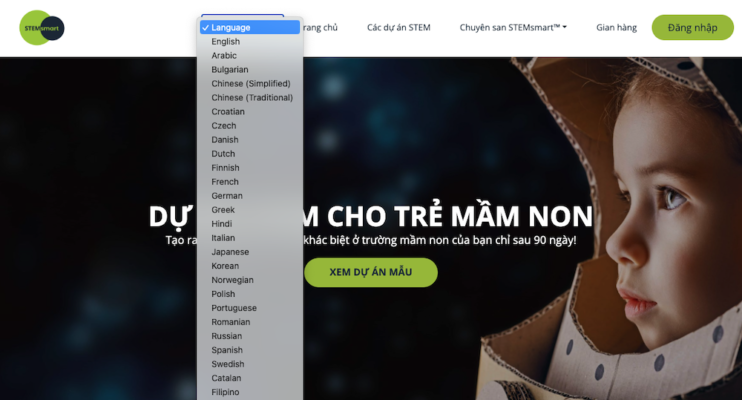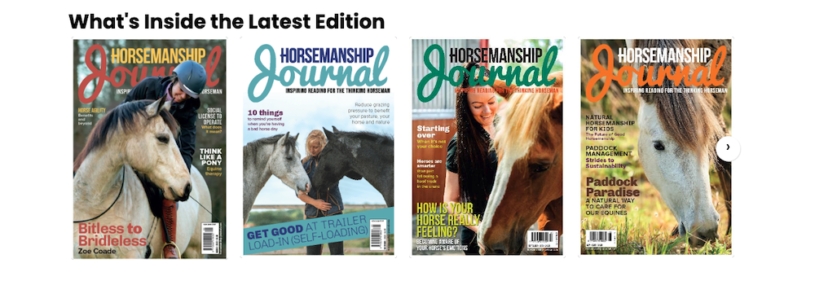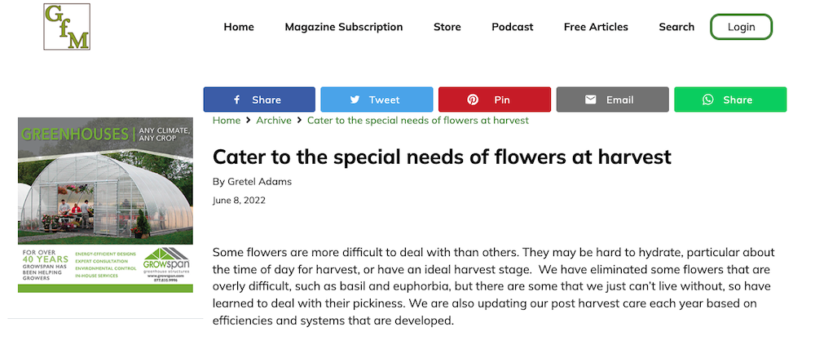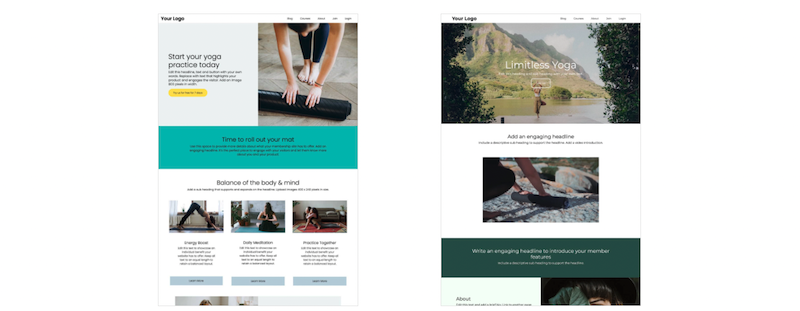
Writing effective copy is challenging, but following these guidelines can help you craft engaging and impactful content that resonates with your audience.
Keep it concise
Online readers crave quick access to information. Lengthy titles or articles can overwhelm visitors, causing them to click away. Keep your copy concise and to the point. Capture attention from the first sentence with a compelling, direct opening that hooks readers and encourages them to keep reading.
Keep it simple
Avoid overly complex language. The goal is clarity, so make your message easy to understand for everyone. Simplicity doesn’t mean “dumbing down” your content—it means ensuring your message is accessible to a diverse, global audience. Steer clear of jargon or local slang that may confuse readers.
Vague to specific
Begin with a general overview to attract a broad audience, then gradually delve into more specific details as the article progresses. This way, readers can engage with the content at their own pace. Those seeking in-depth knowledge can stick around, while others can move on when they’ve gathered what they need
Tailor copy for the web
Web copy has entirely different principles to print copy. Digital content needs to cater to both readers and search engines. When adapting print materials for the web, avoid simply copying and pasting. Instead, focus on restructuring the content with search engine optimization (SEO) in mind. Read this blog post about SEO best practices.
Smart use of multimedia
AVOID:
- Autoplaying videos or audio
- Using irrelevant or decorative images
- Replacing text with images
- Overloading pages with too many images
DO:
- Use relevant multimedia that enhances the message
- Incorporate images or videos that explain or complement the text
- Ensure every page has at least one multimedia element to increase engagement
Prioritize appearance
A clean, professional website design builds trust with your audience. People will judge a website by its appearance and won't trust websites that haven't had sufficient effort put into their appearance. Ensure that your site uses a consistent and well-structured format.
Break up large blocks of text
Large chunks of text can intimidate readers. Use the following techniques to make your copy more inviting and easier to digest:
- Headings: Use keyword-rich subheadings to boost SEO and improve readability.
- Visuals: Add relevant images, videos, or infographics to enhance the text.
- Hyperlinks: Link to both internal and external sources to add value and credibility.
- Bullet points: A simple way to present key ideas.
- Bold text: Emphasize important points to draw attention.
Master keyword placement
Don’t limit keywords to titles alone - integrate them naturally throughout your copy. Pay attention to keyword density in headings, subheadings and body text. This helps your content perform better on search engines while keeping it relevant to your audience’s interests.
Write for people not just search engines
While SEO is essential for driving traffic, always prioritize writing for real people. Engaging, readable content will keep visitors on your site longer and encourage them to return. Search engines may guide people to your page, but high-quality content is what keeps them there.
Proofread thoroughly
Typos and grammatical errors can undermine your credibility. Always proofread your work carefully, but don’t rely solely on yourself—ask a friend or colleague to review it too. Fresh eyes can spot mistakes you may have overlooked, ensuring your copy is polished and professional.
Be authentic
Write about what you know. Your content will be more valuable and engaging if it’s rooted in your own expertise. Authenticity resonates with readers, and those who share your interests are more likely to engage with and support your work.
Write in your natural voice. Aim for a conversational tone that feels personal and relatable.












